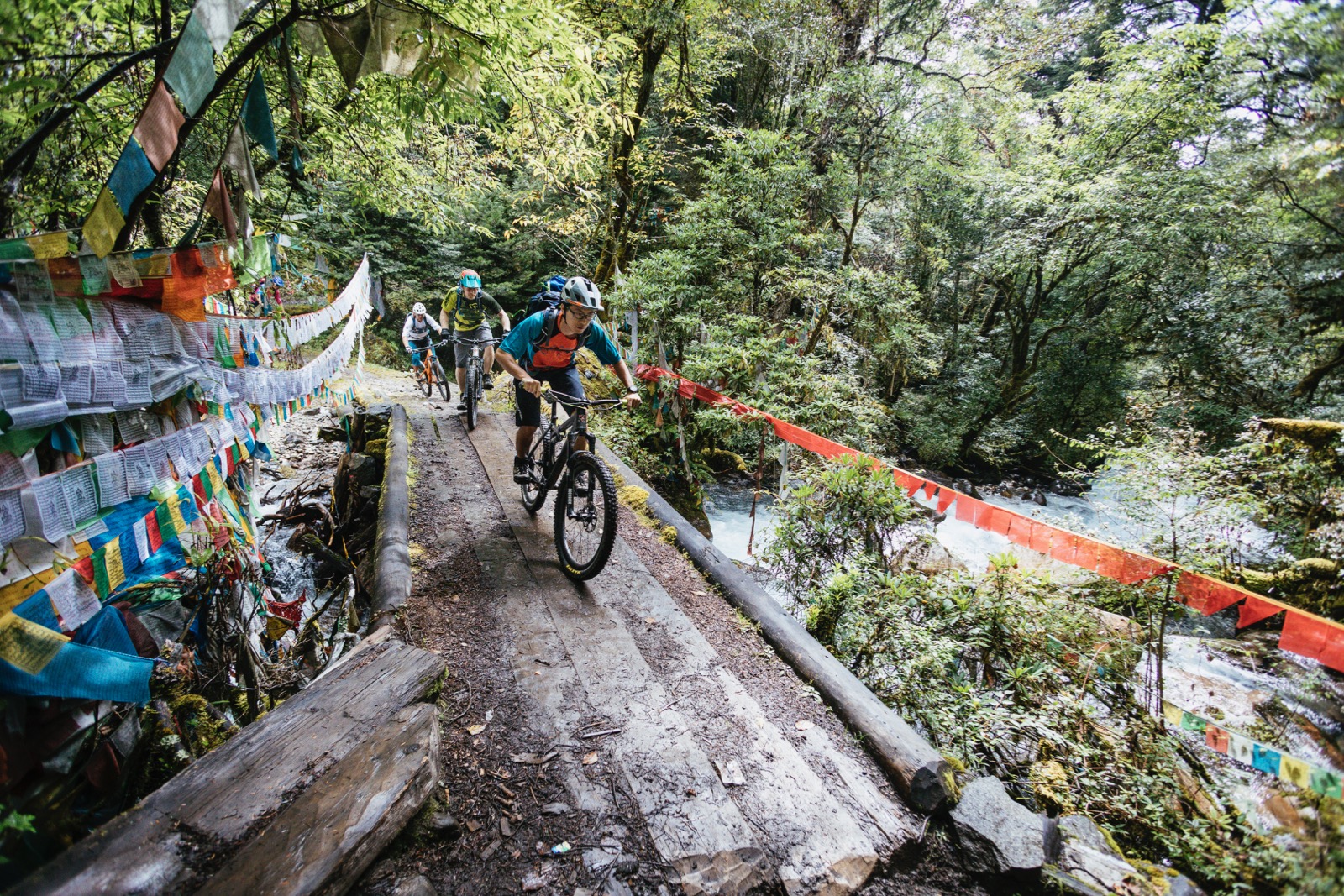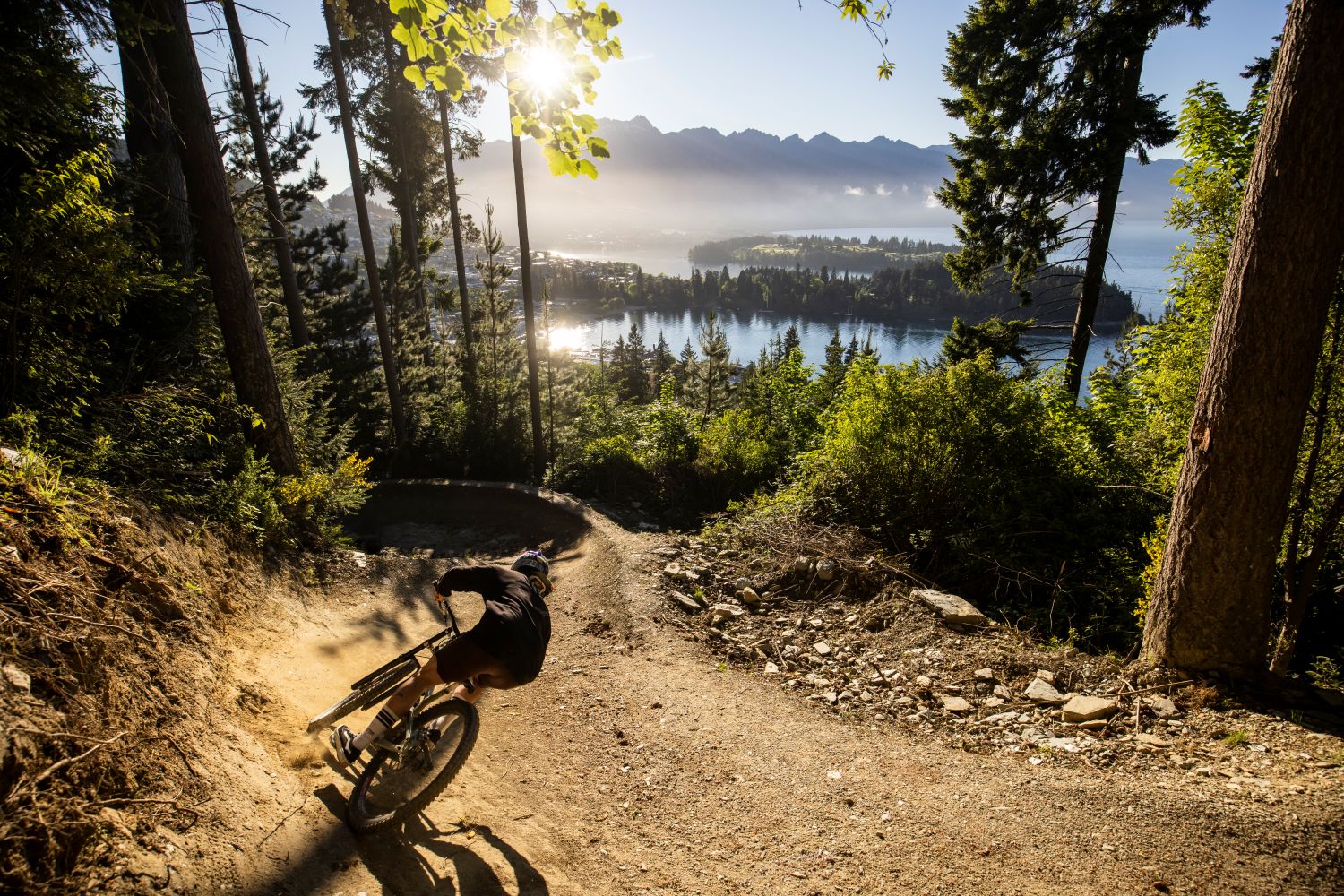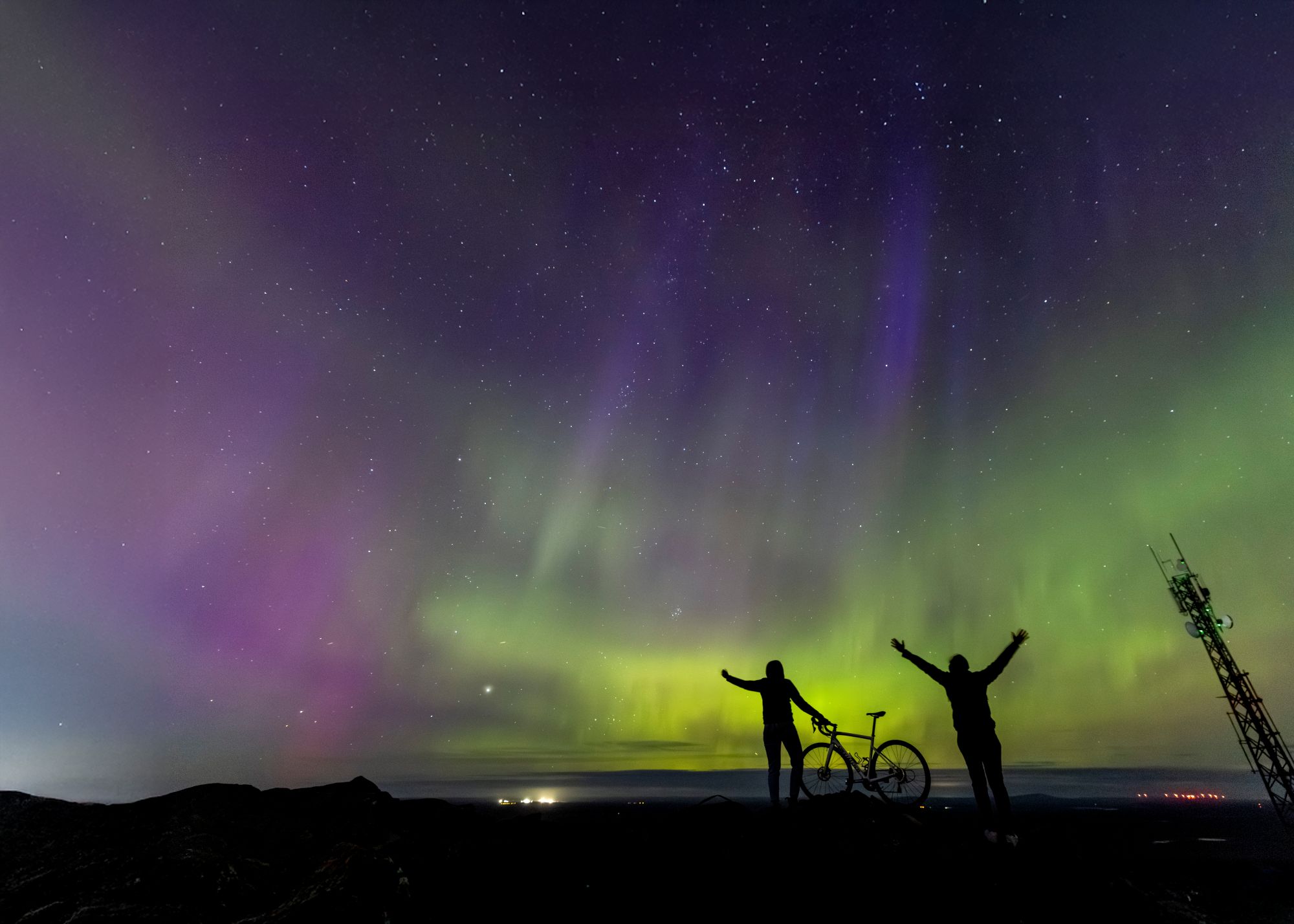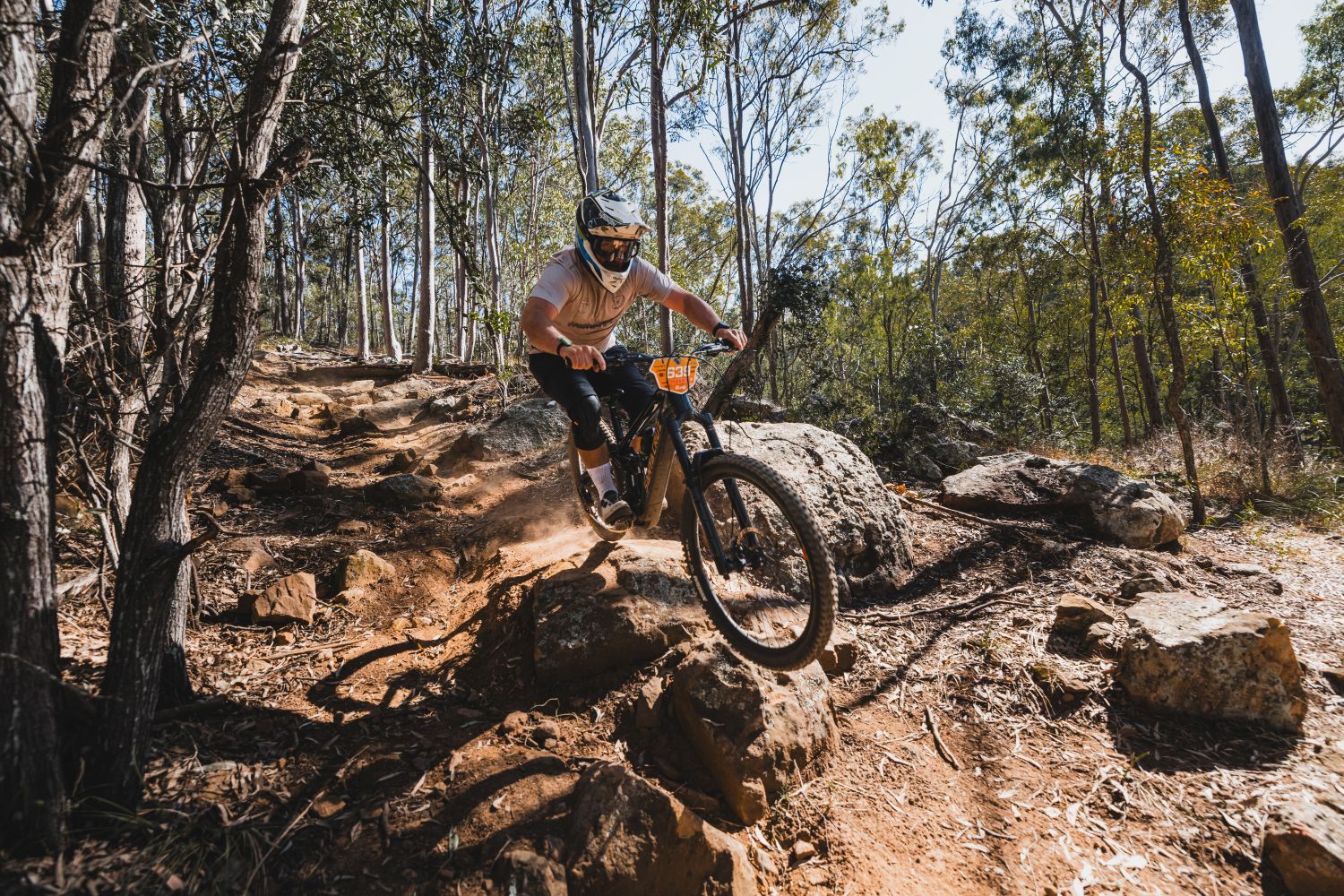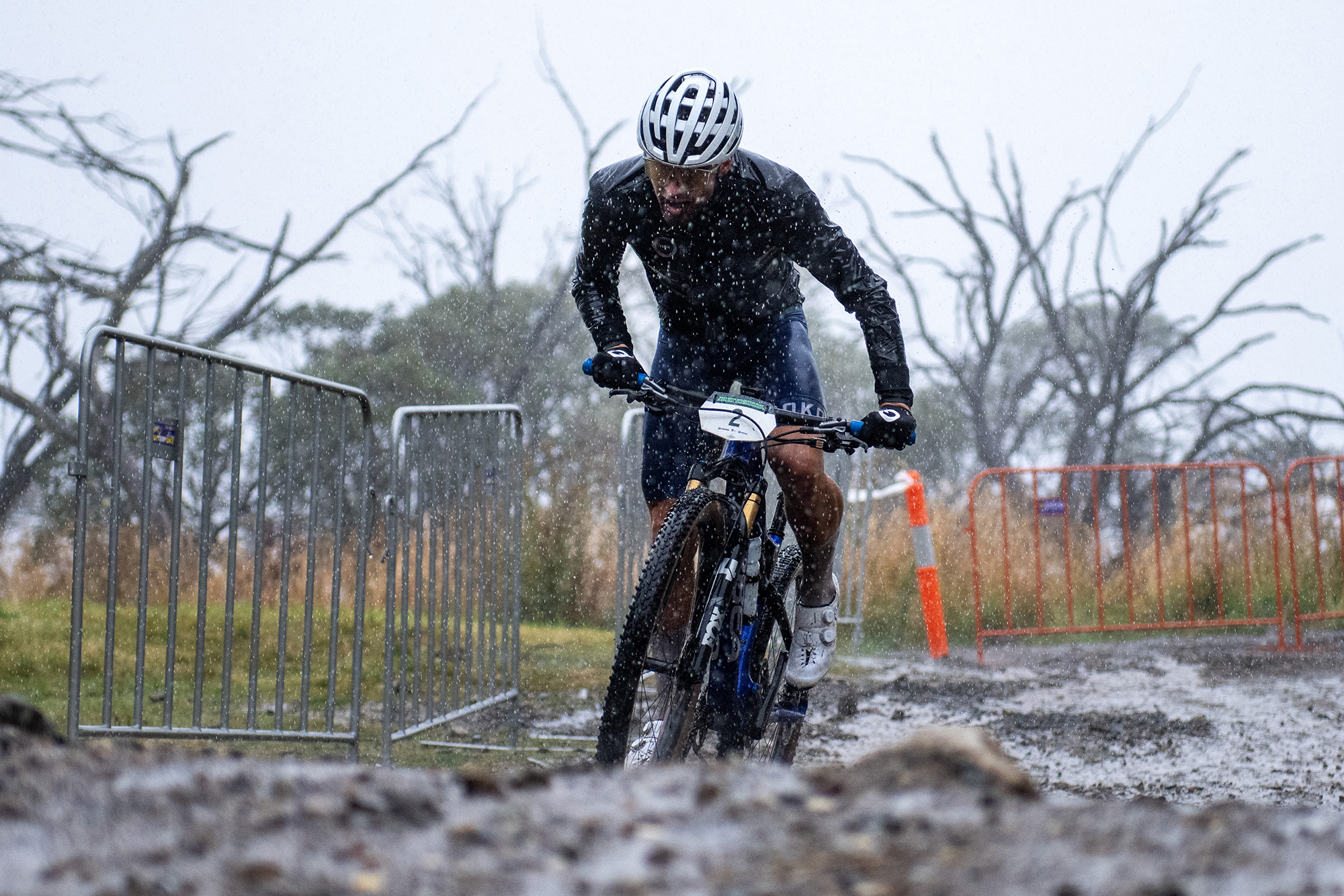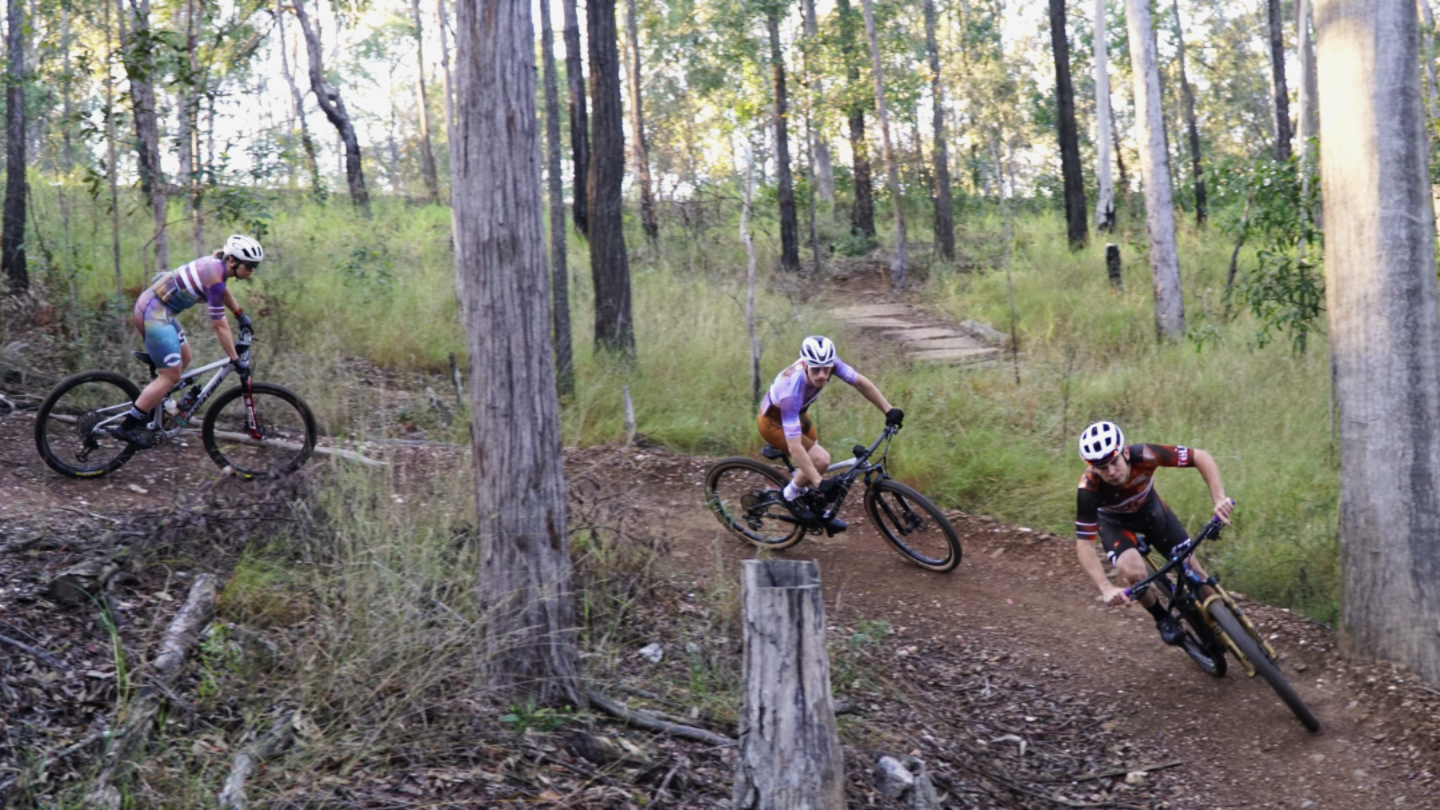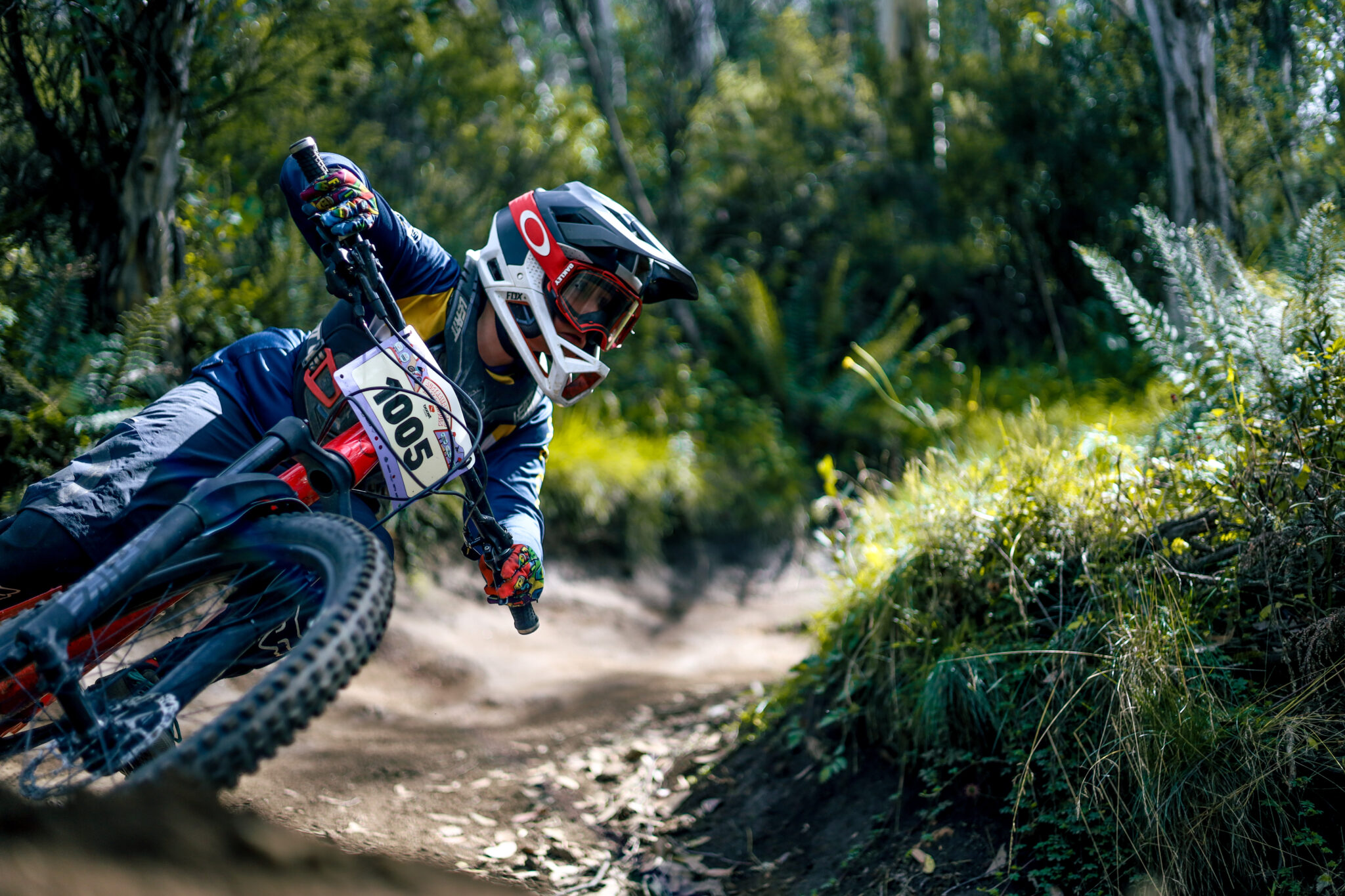On a pilgrimage in East Tibet
Head on a pilgrimage to the East Tibetan mountains and see where bikes could take you!
Words by Gerhard Czerner Photos by Martin Bissig
The yet unclimbed Khawa Karpo is one of the eight holy mountains of Tibet. The pilgrimage path around the foot of the mountain is considered to be one of the most impressive paths on earth. No one could tell us if it was possible to ride it. We went on a journey to find out.
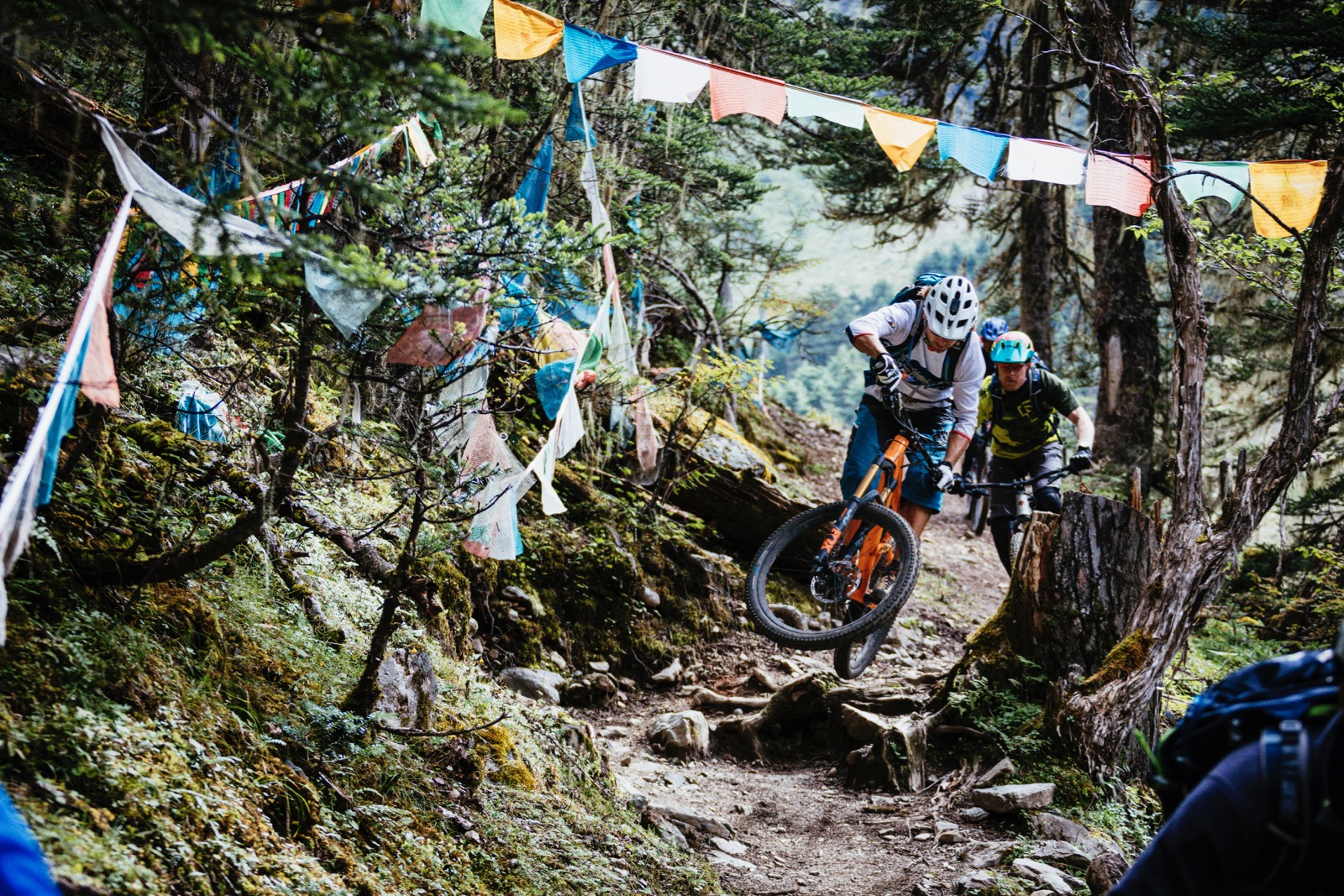
Getting acquainted with Asia
I’ve got used to using chop sticks to eat. What I have a hard time getting used to are the duck heads that keep bobbing up to the bubbling surface of our hot pot, a type of Chinese fondue, from time to time. I try to snatch a few vegetable or tofu pieces swimming in-between them and a whole number of entrails floating around to still my vegetarian appetite. As the next load of fish heads disappears in the fire-red brew I decide I’ve had enough to eat and give up. I stick to jasmine tea for the rest of the evening.
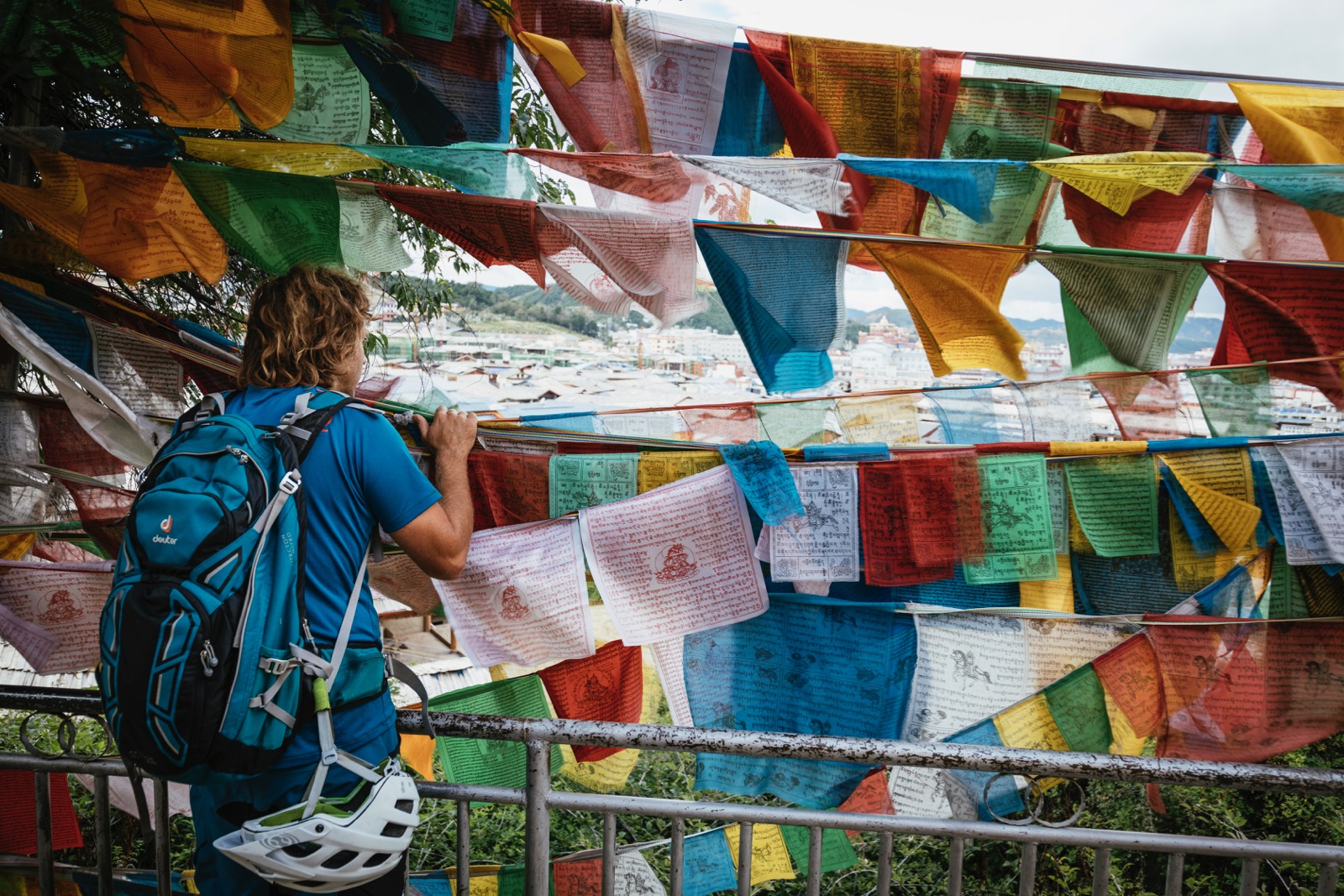
I am sitting in Shangri-La together with three riders of the Liteville Enduro Team China, Kevin, Terryn, and Arsenal. No, we didn’t discover the fictitious and mythical Shangri-La that became famous through the novel Lost Horizon by James Hilton. We are in a small Chinese town in the province of Yunnan that was called Zhongdian up until 2001. It boasts a population of about 130 000 and lies 3150m above sea level. The change of name had purely economic reasons. The new name shrouded in legends is meant to lure more tourists into the area. The old town is renovated accordingly and covered in hundreds of shops. You can get all kinds of Tibetan gifts and souvenirs, from prayer flags to singing bowls and sweaters made from yak fur. You can also find countless tea rooms where you can try native tea and buy it. They also remind you of the old Tea Horse Road that used to pass through here. It was a network comprised of old trade routes. It was mainly used to transport Pu Erh tea from the city with the same name all the way to Lhasa with horses.

We have been on our way towards Tibet for the last two days as well. Without horses but with our mountain bikes as luggage. We planned to ride the eastern part of the Kora, a pilgrim path around the mountain Kawa Karpo. For Tibetans circling around the mountain that is holy for them is considered a ritualistic act. For them the mountain represents a manifestation of the spirit of Buddha and many hope to come closer to Buddha by circling it. In special years of the Tibetan calendar many thousands of Buddhists circle around the mountain clockwise.
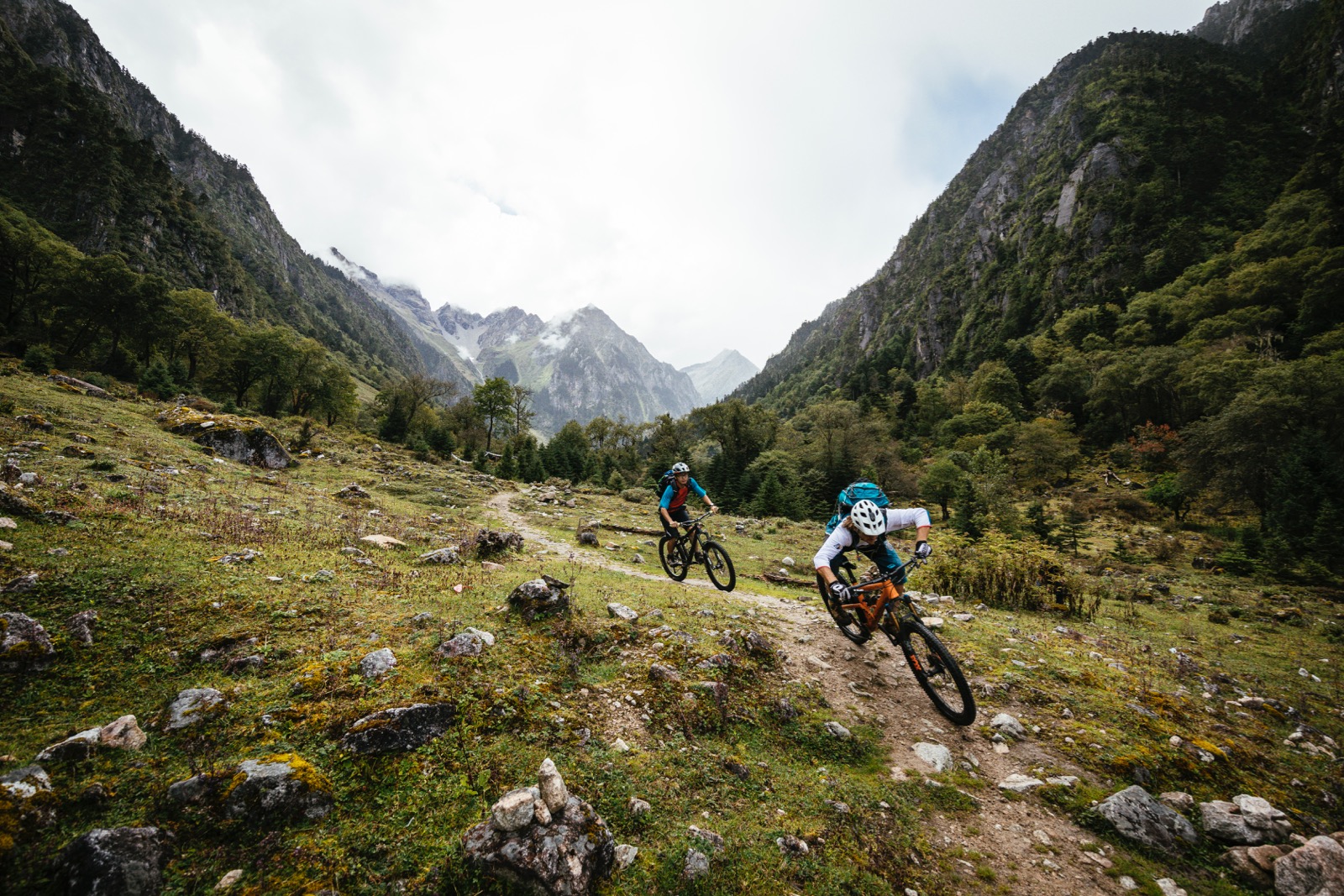
We are also pilgrims on our way if you consider the Latin root of the word. Pilgrim stems from the Latin word peregrinusor peregrinari, ‘being foreign’.“We feel very foreign here. Of course Kevin and I are more foreign than both of our Chinese friends since we’re from Germany but they also only know the route that lies ahead of us from vague descriptions on the internet. Without them we wouldn’t even be able to order the hot pot boiling in front of us in a restaurant. Chinese characters are like hieroglyphs for us and simply unreadable. Our English skills aren’t of much help either. Most people in this region speak as much English as we do Chinese. Practically none. So we’re happy more than once a day to be travelling in an internationally combined team.
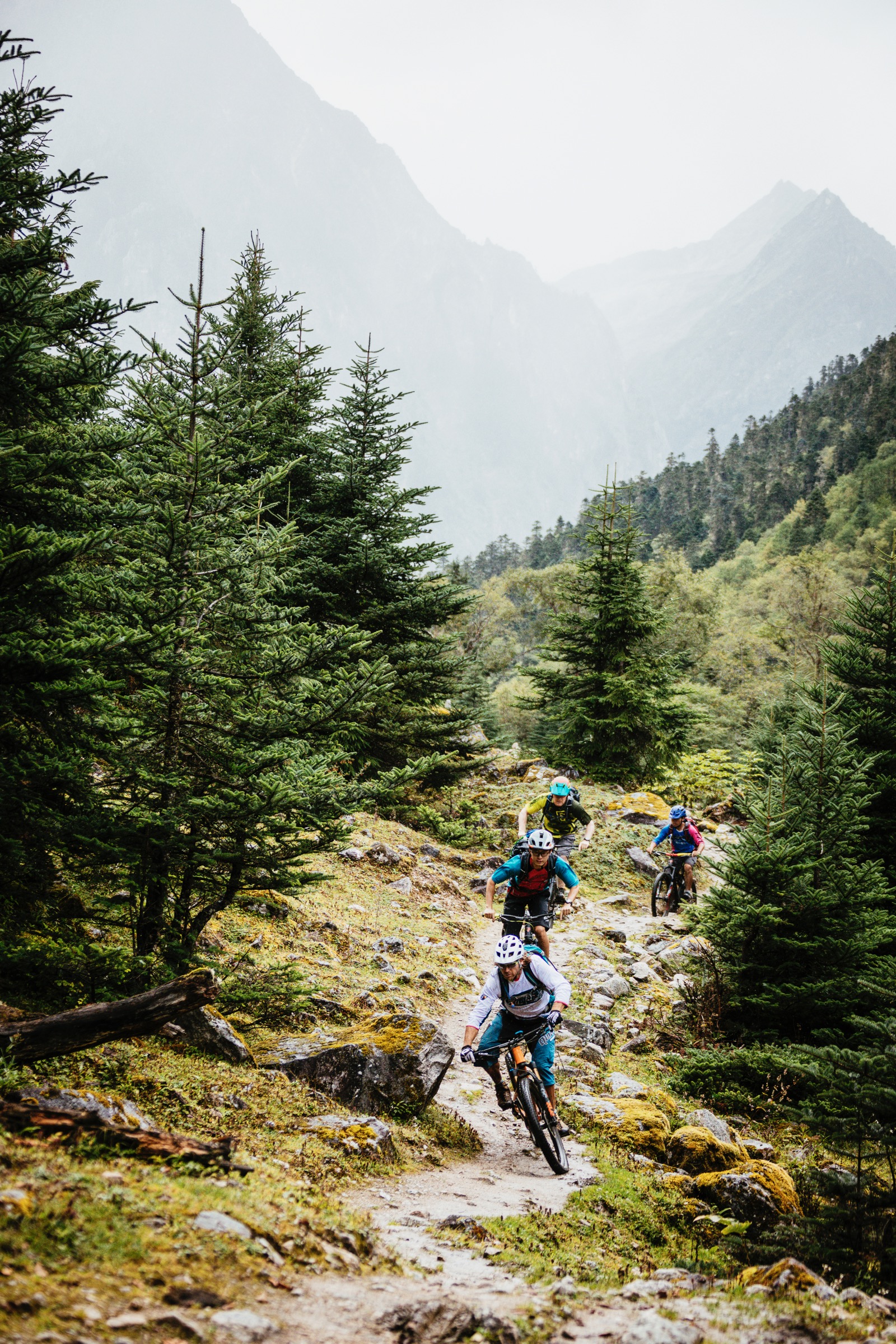
Another day in the mini-van awaits us until we finally get to ride our bikes. We drive past the valley of Mekong. The flanks of the surrounding mountains tower into the sky from the broad river valley. It continues like this hour after hour. The next planned stop is in Deqin. The city in the northern most part of the province Yunnan doesn’t have much to offer except a rough climate at first sight. Still for us it is extremely important. It’s the last possibility for us to buy food. We also want to meet a Tibetan here that will accompany us with his sumpter horses.

Our driver skillfully passes through the narrow alleys into a courtyard and stops the bus. We meet our horseman in a restaurant. He greets us with bright eyes and a broad grin. He’s prepared three horses in his house and he tells us he will pick us up with a bus the next day to drive the remaining kilometres. Arduous negotiations begin about the cost of his services and the duration of the trip. We want to plan with enough time since we don’t know if and how much of the path we will be able to ride with our bikes or if we even have to push them the entire way. We plan seven days for the tour. Our driver is supposed to pick us up on the other side of the mountain range with the bus. He’ll drive back the entire way along the Mekong and then back up river in the Yangtse valley to reach the arranged meeting point. It will take him four days! The distances here are indescribably huge. After some back and forth we agree to meet the next morning at 8am. We spend the night in Feilie Si, a tourist town about 10km in the distance and higher up. Sleeping at an altitude of 3300m helps us to get used to the thin air. The highest pass of our route awaits us on day three of our trip. We have to slowly get used to the elevation if we don’t want to get altitude sickness.
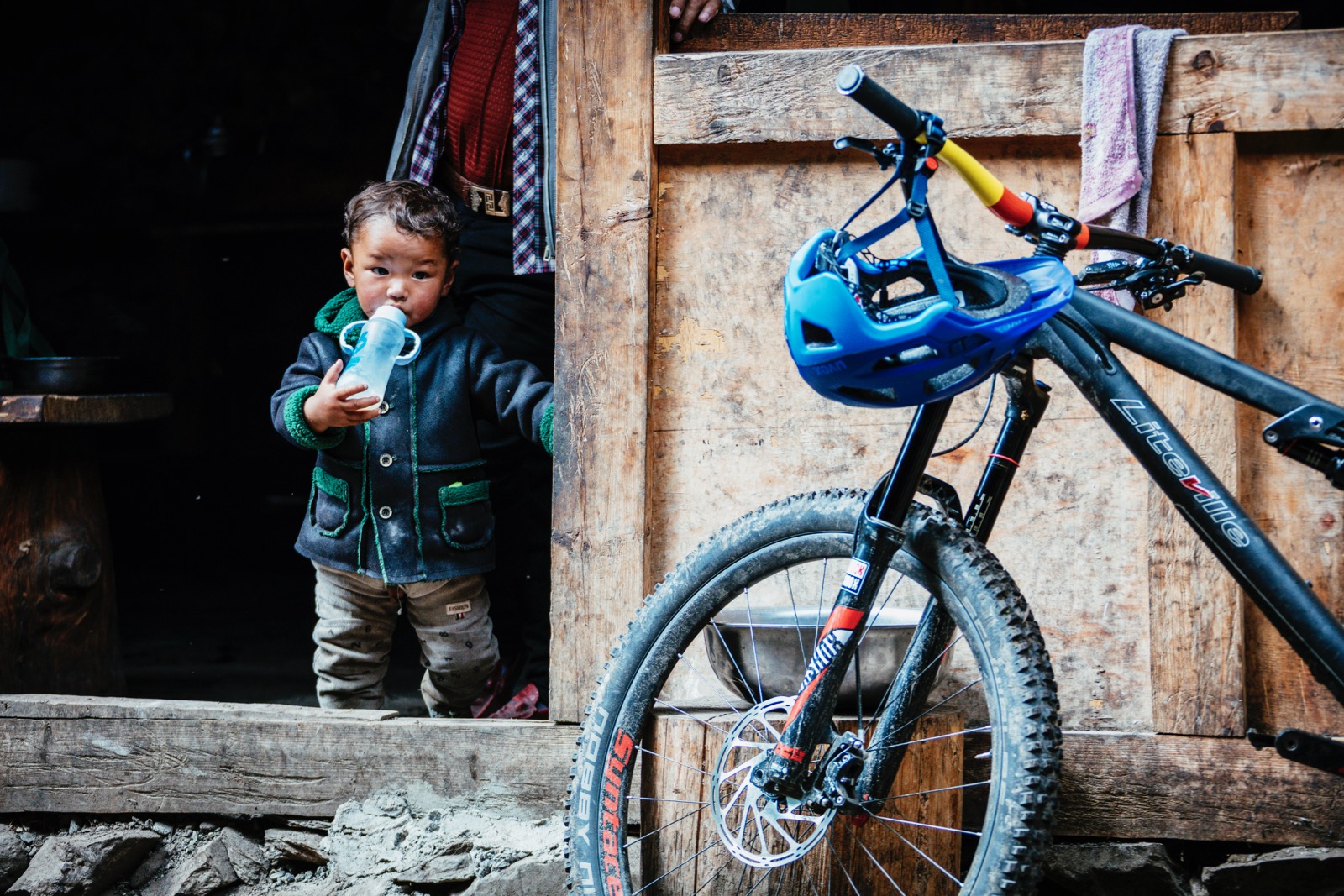
We hope for good weather in the evening. You have a fantastic view of the 6740m high Kawa Karpo, the holy and also highest mountain of Yunnan, from Feilei Si, granted the air is clear. Unfortunately we don’t get to take in the view. The mountain hides behind a thick blanket of fog the entire evening. During dinner we try to plan what food we will buy as much as we possibly can. Rice, vegetables, a little meat and crackers for the journey. All of us can’t wait to see what’s in store for us. Will we be able to ride it? Will we be able to cope with the altitude? How will the weather be? Will we sleep in our tents or in the few camps along the way? Will our driver make it to the other side? Questions upon questions.
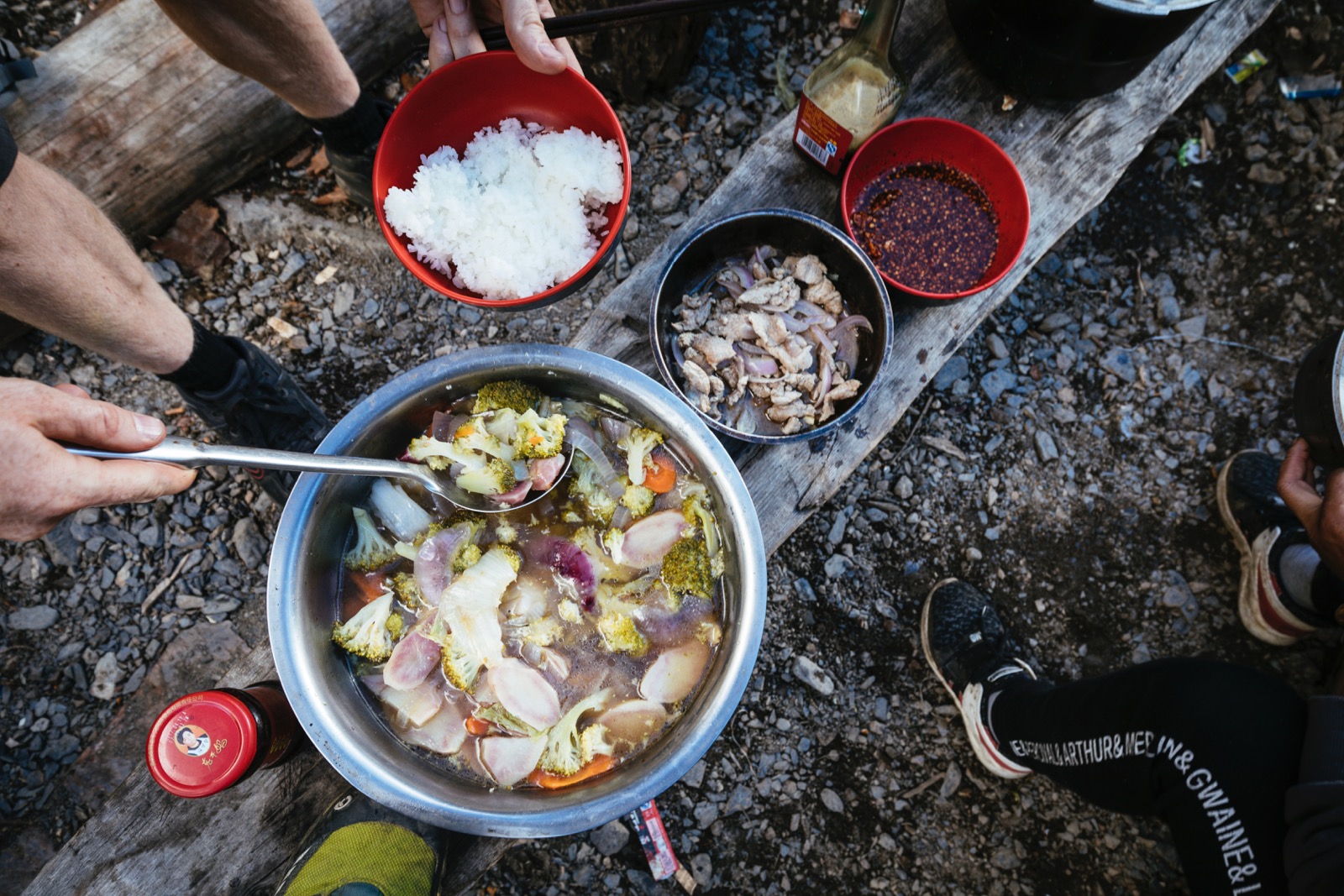
We go shopping the next morning at the huge market in Deqin. We stand there a bit lost since none of us know how much food we’ll need. We’ll have noodle soup for breakfast, crackers and chocolate for lunch, rice and vegetables in the evening. That’s our meal plan. Well then, we just shouldn’t buy too little food. Being hungry on the way isn’t good. Especially not under exertion. We transport our groceries to the tiny bus in big, white sacks. It’s packed all the way under its roof. There’s not enough room for all of us. So we get on our bikes. The bus takes the lead, the food is unloaded, then the drivers picks us up at the side of the road to bring us to the meeting point with the horses in a small Tibetan mountain village. We passed the border to East Tibet down in the valley. It was only discernable by a sparsely occupied checkpoint in a tiny tent at the side of the road.

The border patrol just checked our passports briefly and showed no interest in us otherwise.
Our luggage is weighed, evenly divided and packed onto the horses, and we pack our daypacks. We need four horses now with the entire food. Otherwise the load would be too much for the animals. Before we continue we have to “sign” an agreement about services rendered and payment. This doesn’t happen with a pen and signature but with an ink pad and fingerprints. We’re only allowed to begin our trip after four red fingerprints are on the piece of paper. A steep gravel road leads us up to 3200m, our first passage. Here the road ends and our tension becomes unfathomable. What will we expect behind the first curve? Riding? Pushing? Or even carrying downhill?
Into the unknown
Our horseman says goodbye to us. He won’t join us on the tour. His wife and a relative will accompany us with the horses. They’ve gone ahead and want to meet us at our first camp. We’re on our own now, without cell reception, internet, or other contact to the outside world. We have to have everything we need with us and we have to help ourselves if something happens. An elevation profile and an inaccurate digital map is all we have for orientation. But according to it there’s only one way across the mountains.
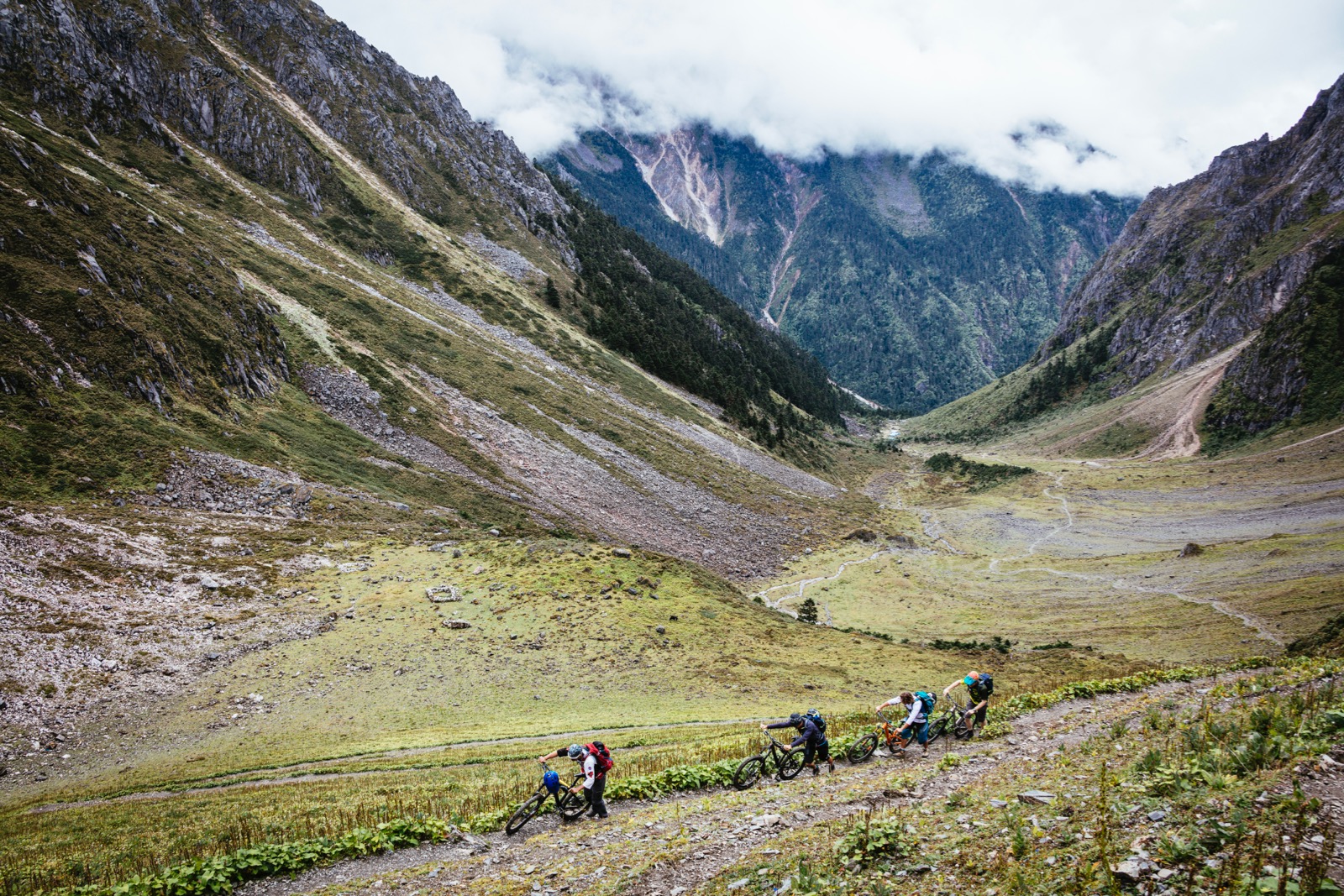
We give high fives, step into our pedals and immediately dive into another world. The path winds its way down into the forest like in a roller coaster in a tunnel made of prayer flags. Thousands of them hang to the left and right of the way, waving in different colors, along the sides of the narrow and beaten trail. It’s like rushing through a box of paints at high speed. It’s like a reset button in your head is pushed to ‘here and now’. Emotions run wild. We take a short break after what feels like an eternity. All four of us grin wildly. We can hardly find words to describe our joy. Supernatural is the only word we can agree on to explain it. If it continues like this it is going to be a huge amount of fun.
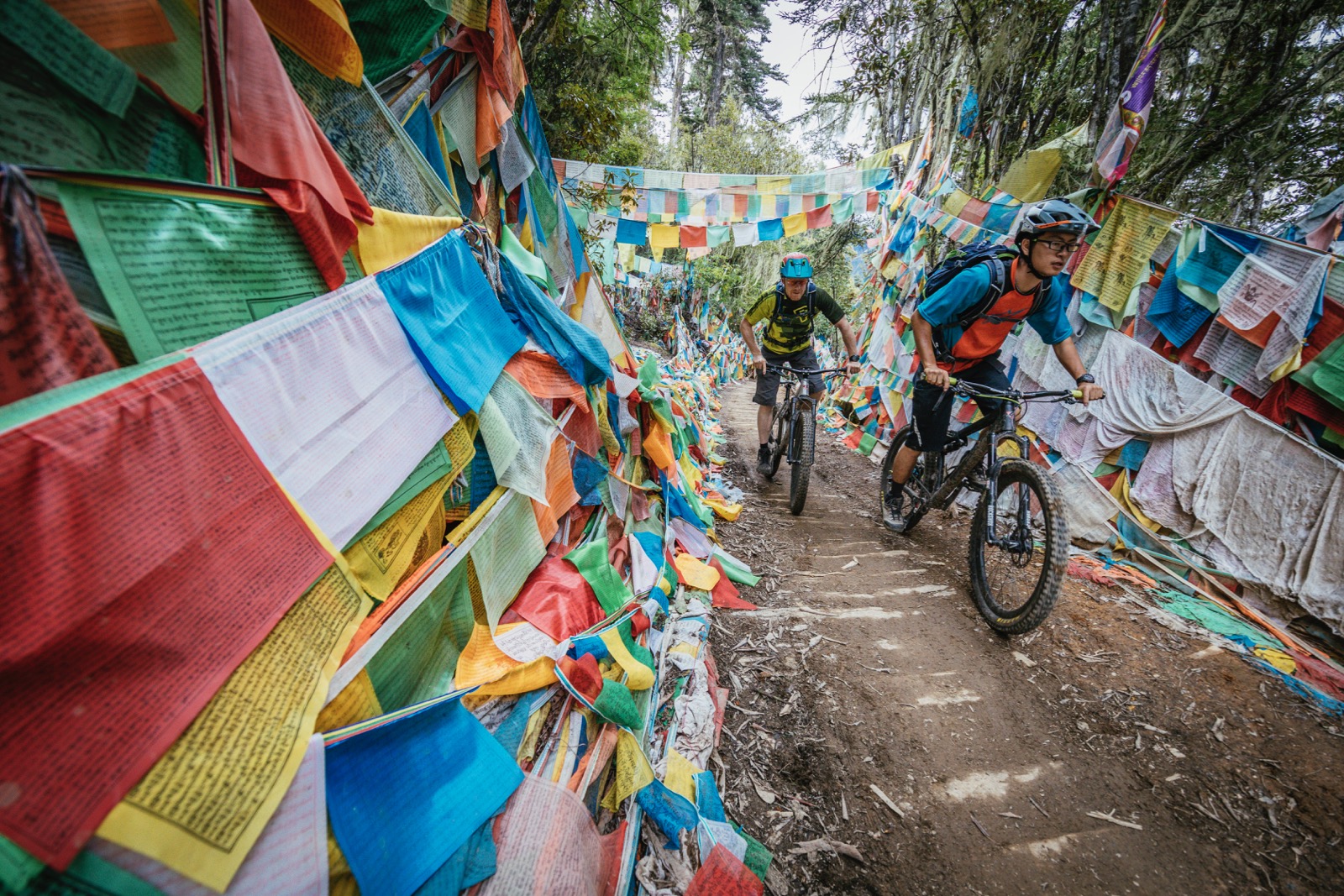
We catch up with the horses at a half decayed wooden barrack in the dense forest. It’s dark already. This is our camp. A camp fire burns in a hideout. Kitchen and living room are one here. A stream rushes past behind the hut. A few upright logs are covered with plastic tarps and make up our bedroom. Old mattresses and damp blankets lie on wooden pallets. We lay our sleeping bags on top. Our Tibetan companions cook with us together. None of us can pronounce their Tibetan names and so we call the Annemarie and Hans, much to their joy. Lots of laughter on the first evening with new friends is a good sign for a relaxed atmosphere in the coming days.
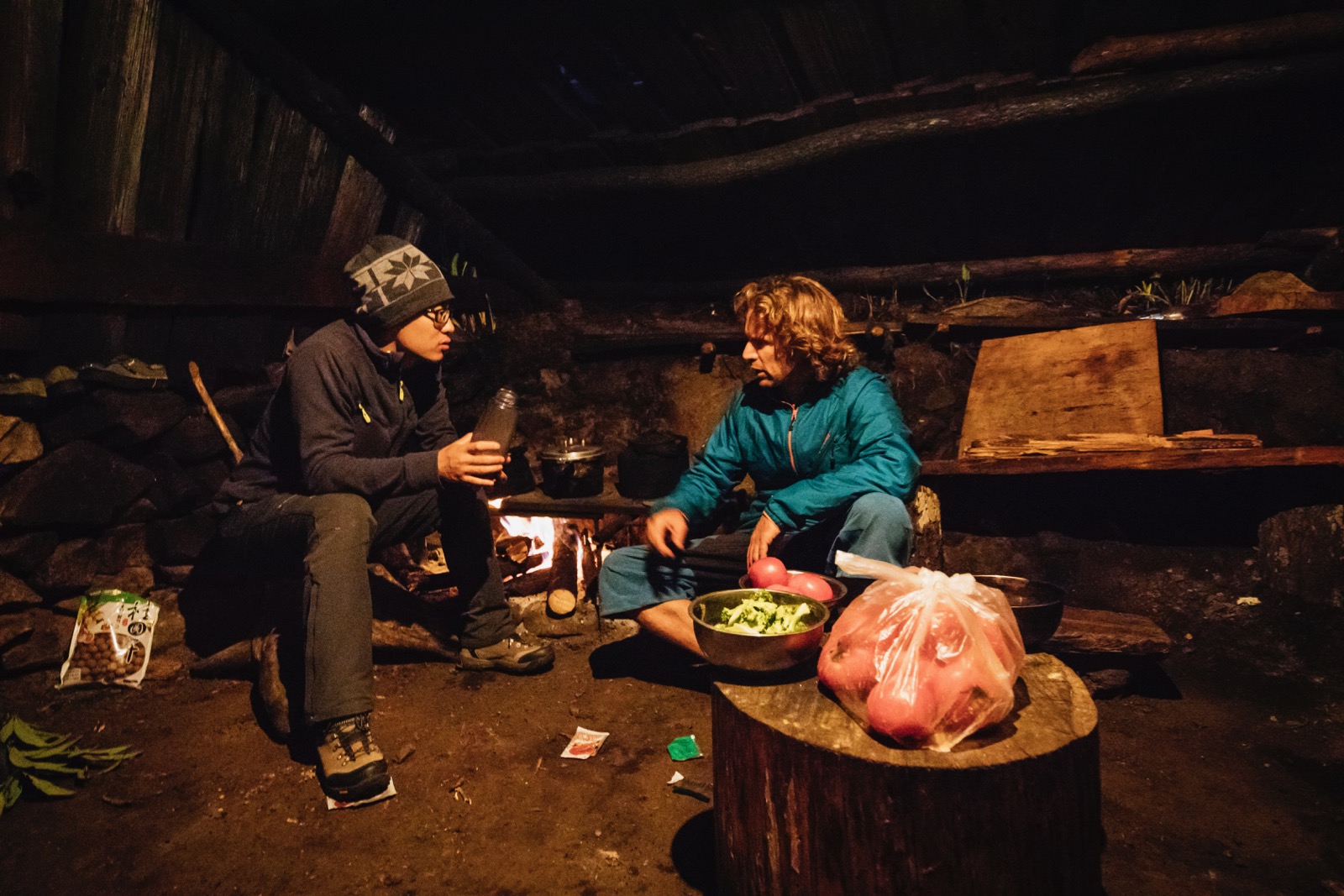
We sit at the campfire the next morning and eat noodle soup and rice. I guess we’ll have to get used to this for the next days. Arsenal knibbles on dried chicken legs he brought from the market with visible pleasure. It’s raining slightly outside. Dense forest surrounds us here at almost 3000m. We marvel at the biodiversity. We weren’t expecting this up here. After breakfast we make our way on a muddy trail covered with slippery rocks. The dense vegetation almost swallows it at times. A total contrast to yesterday. We try to ride small parts again and again but we’re seldom successful. Abandoned wooden barracks stand by the side of the path as witnesses to thousands of pilgrims during certain years. Now they’re decaying and waiting for nature to conquer them again.
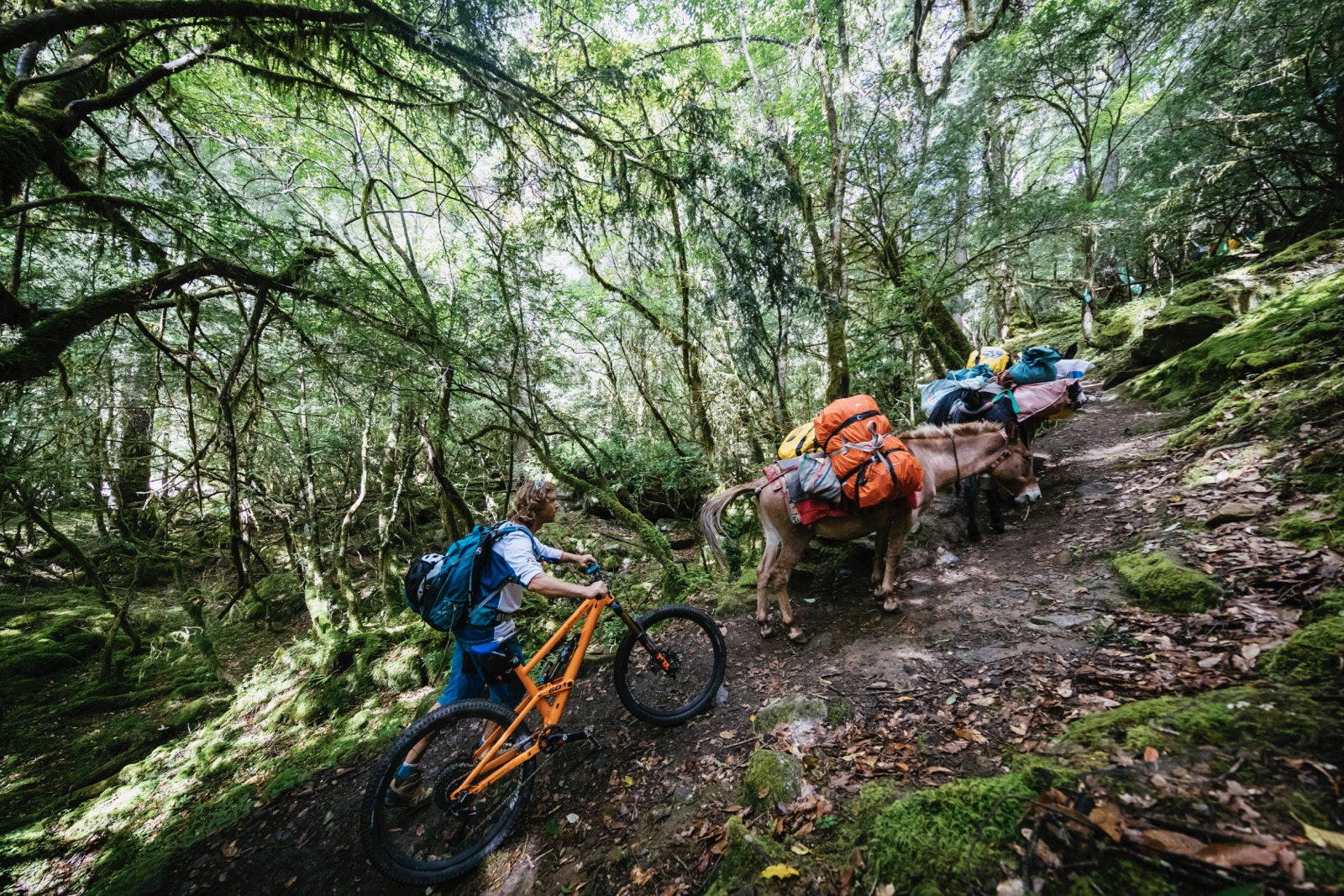
It’s uphill pretty much all day. Camp today lies at 3900m. The last 250m altitude gain are so steep that we have to carry our bikes. Again thousands of prayer flags line the path. Halfway up several colorfully painted Buddha figures are carved into the rock. It feels like passing though a holy place. We reach a few tiny wooden huts after eight hours. We see our horses and we’ve finally made it. The sleeping camp is a little cleaner and bigger. Other than that all camps are very similar. A fire area with wooden benches at knee’s height to sit on and a “dormitory” covered with plastic tarps. Annemarie and Hans have been here quite a while and made us rice and vegetables at the fire. We thankfully accept. We’re exhausted. We only sit around the campfire for a short while, our hunger satiated. Tomorrow will be a long day, the highest pass is waiting for us. So we crawl into our sleeping bags.
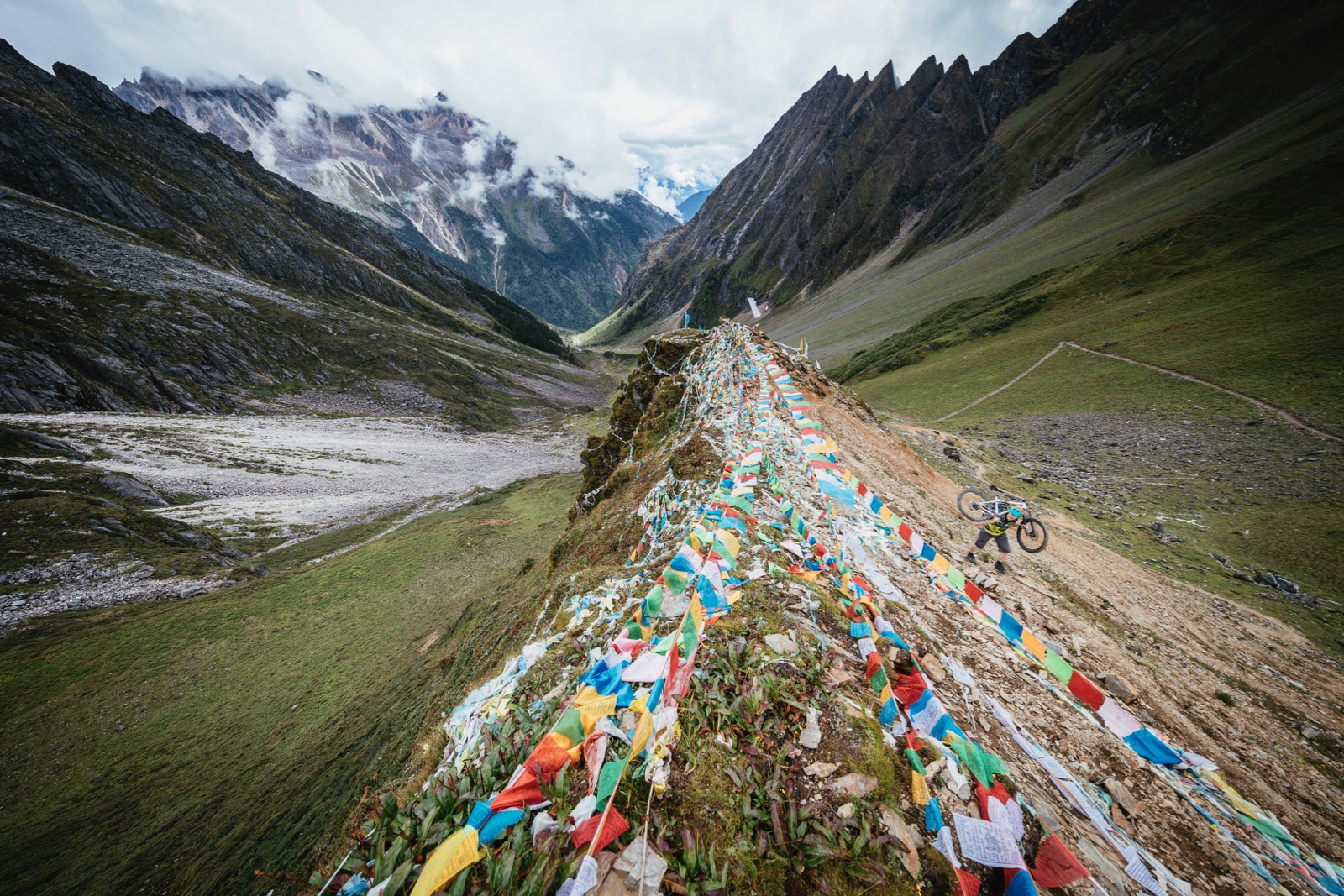
The next day begins early with rain. We start slowly in order to find a rhythm. The air is getting thin and breathing is becoming hard. We noticed the altitude yesterday and reduced our speed noticeably. Riding is out of the question again, the soon visible pass is too steep. The tree line isn’t until about 4000m here. At home in the Alps the only things at this altitude are snow and ice. Our group pulls apart a little, everyone continues at his own pace. Garlands and prayer flags begin to show us the way far before the highest rise. The rain eases a bit and we drag ourselves across a carpet of colorful cloth, breathing heavily. You can’t see the ground anymore, everything is covered in billions of ‘wind horses’, the correct Tibetan translation for the flags. The mountain world is rugged and cloudy. My GPS shows 4500m here at Duokha La. We’ve reached the highest point of our pilgrimage!

Once more unto the breach
Hollow rumbling accompanies deep black clouds and warns us to move on. We push our bikes across the slippery carpet of prayer flags until we reach rocky ground. We look down into a deep valley. Far below we can recognise a green meadow with a creek between the steep rock walls. A challenging trail leads down. It demands our full concentration with over 100 switchbacks and gnaws at our strength. The thunderstorm has passed and the sun shines as we arrive in the valley. We lay our bikes and ourselves down on the grass and eat a few crackers. We look back up at the pass and see the impressive descent before us. We enjoy the view exhausted but happy before rolling to our camp the remaining half hour.
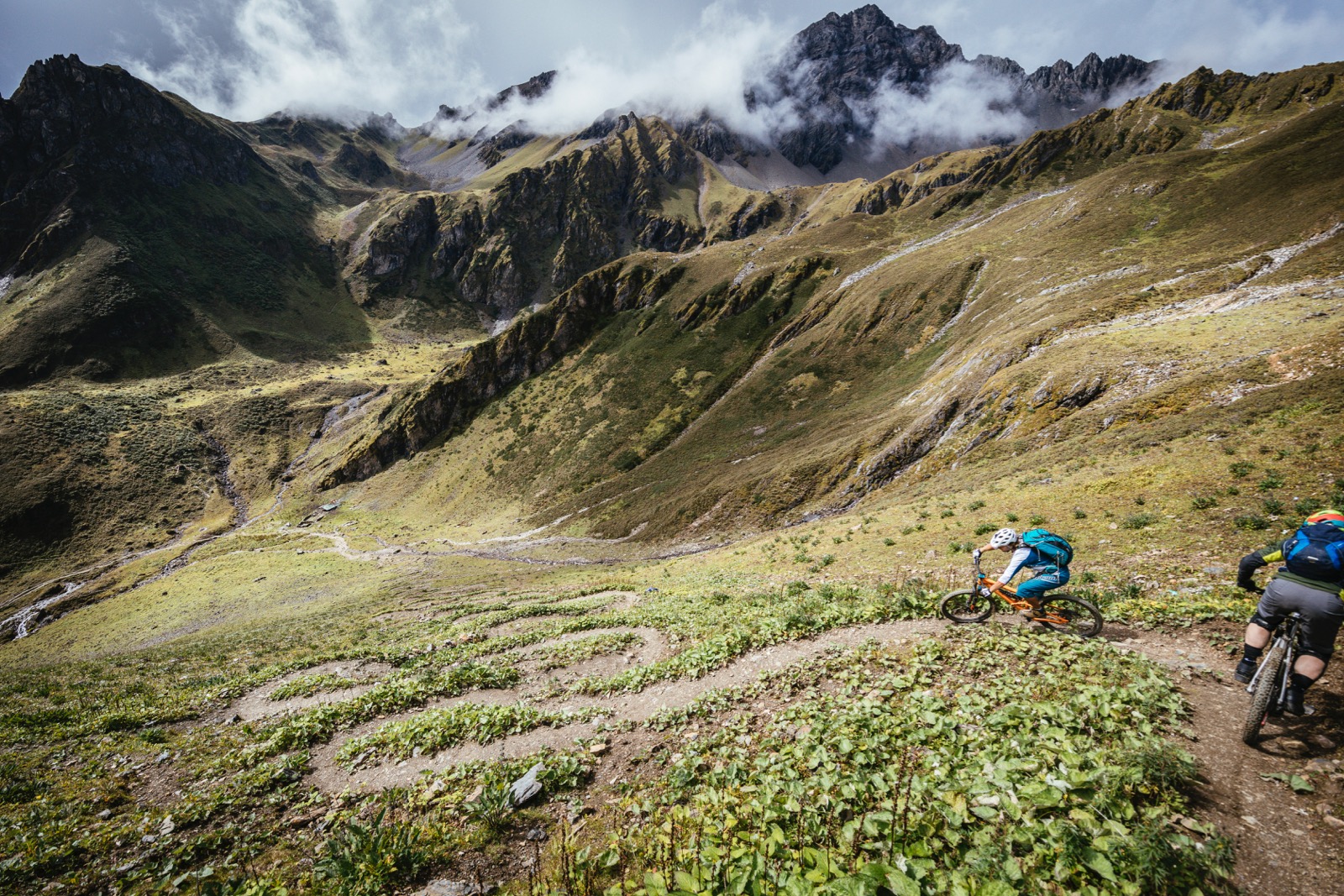
We have a hard time leaving our sleeping bags the next morning. The past day is still in our bones. But the stretch of trail behind the camp let us hope for an amazing day of biking. The beaten path is similar to the one yesterday and inviting for high speed. It feels good to finally feel the wind on our faces again. It lasts until we dive into the forest again. Here it gets rocky and slippery immediately. A group of Tibetan pilgrims accompanied by a monk in a red-orange robe walks towards us. After noticing us he comes towards us immediately. He greets us friendly with a ‘taschi delek’, the Tibetan hello. We don’t understand a word and yet we have a conversation with hands and feet. His interest in our bikes is huge and he can’t believe that we came over the pass with them. We, on the other hand, are astonished as he pulls out a golden smart phone from under his robe and wants to take photos with us. Of course we comply and take some pictures ourselves of the friendly encounter. Then we spend the afternoon pushing our bikes again until we reach our camp.

The fourth morning of our tour begins with noodle soup and tea as usual. We crave coffee and bread with jam. Abstinence surely is part of our trip. We don’t just abstain from the usual foods, we’re also allowed to forego distractions like telephone and internet. We haven’t missed the modern comforts of the digital age one minute. There’s always something to do. And it’s so nice to be able to have a conversation without anyone constantly typing on their smartphone and being distracted. The trail leads along a roaring stream in the beginning. The path gets steeper slowly but surely and leads to a small hill. This, too, is decorated with thousands of prayer flags. In addition hundreds of food bowls are piled up here. They were probably left as sacrificial offerings. Several pieces of clothing lie next to them on a small pile. It doesn’t make much of a sacred impression on us. It reminds us more of a waste dump.

The trail zigzags down steeply. Our switchback technique is tested once again. The forest clears and we come to a torrential river. A little surprised at the scenery we cross a bridge and follow the river downwards. Our surprise is even greater as we see a house by the side of the road, the first in five days. And they have room for us on the first floor. We relish the unexpected clean change after days in damp and shoddy barracks. Until now we haven’t met more than 20 people in the past days. About as many hustle about the small dwelling. A small grocery shop is on the ground floor where you can buy the necessities. Colorfully decorated motorcycles with huge speakers are used to transport the goods. Tired pilgrims can also make their way down the road over the last pass with them. Accompanied by Chinese folklore music in deafening volume of course. The hope of a consistently rideable path grows.
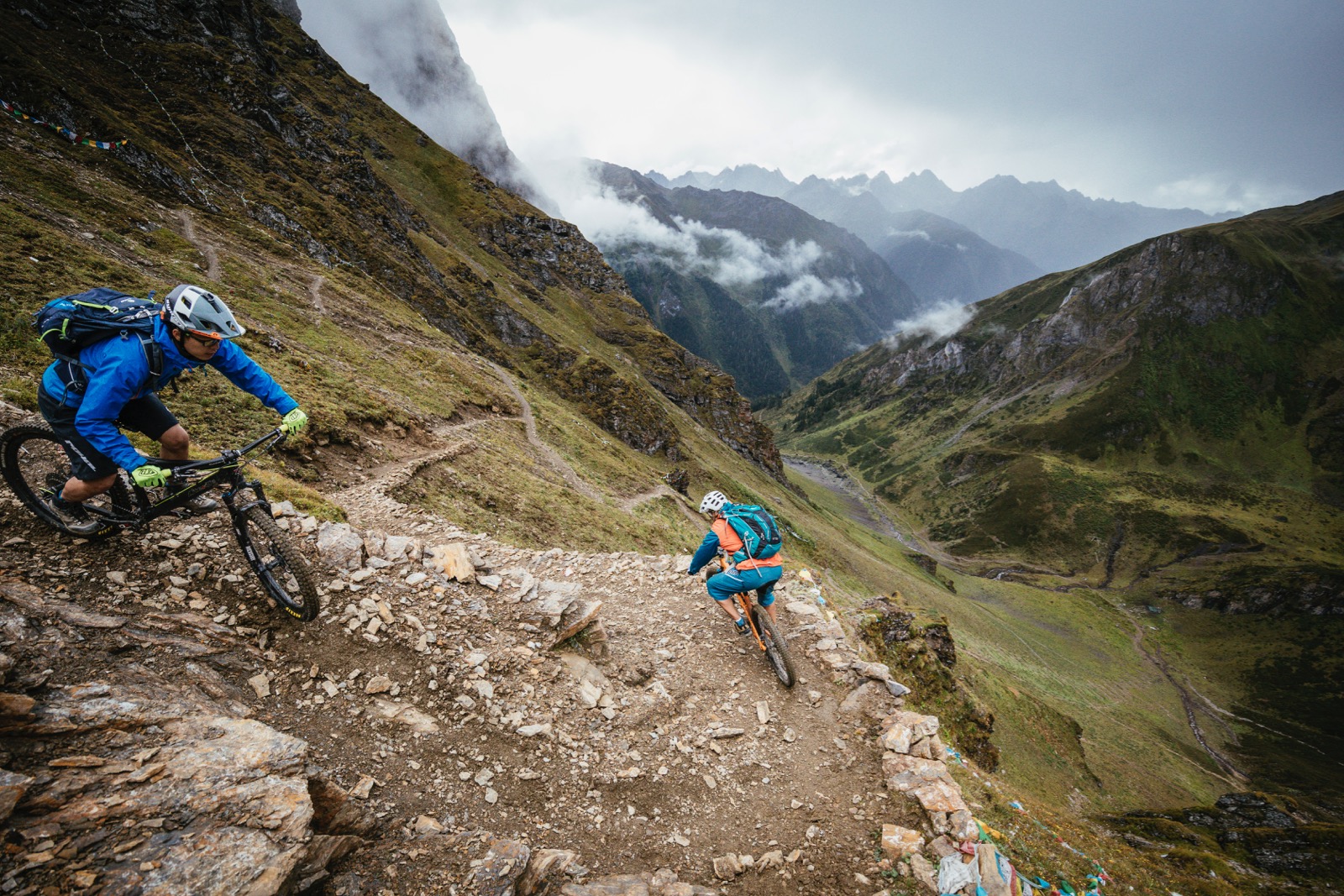
And now we ride
We help to load up the horses in the morning and begin our journey together. We’re faster with our bikes in the beginning. But that changes after just a few kilometres. The path becomes too steep to ride it without the support of a motor, so we get off our bikes. Today 1000m in altitude gain need to be tackled again. And the way it looks we will have to push 100% of them. For hours and hours, monotonous, one foot in front of the other. In between our bikes really become a burden. A shack made of planks offers some change. We order a drink and take a short rest. Loud music sounds from the forest and announces a few motorbikes. Secretly each and every one of us probably wishes he had a motor on his bike.
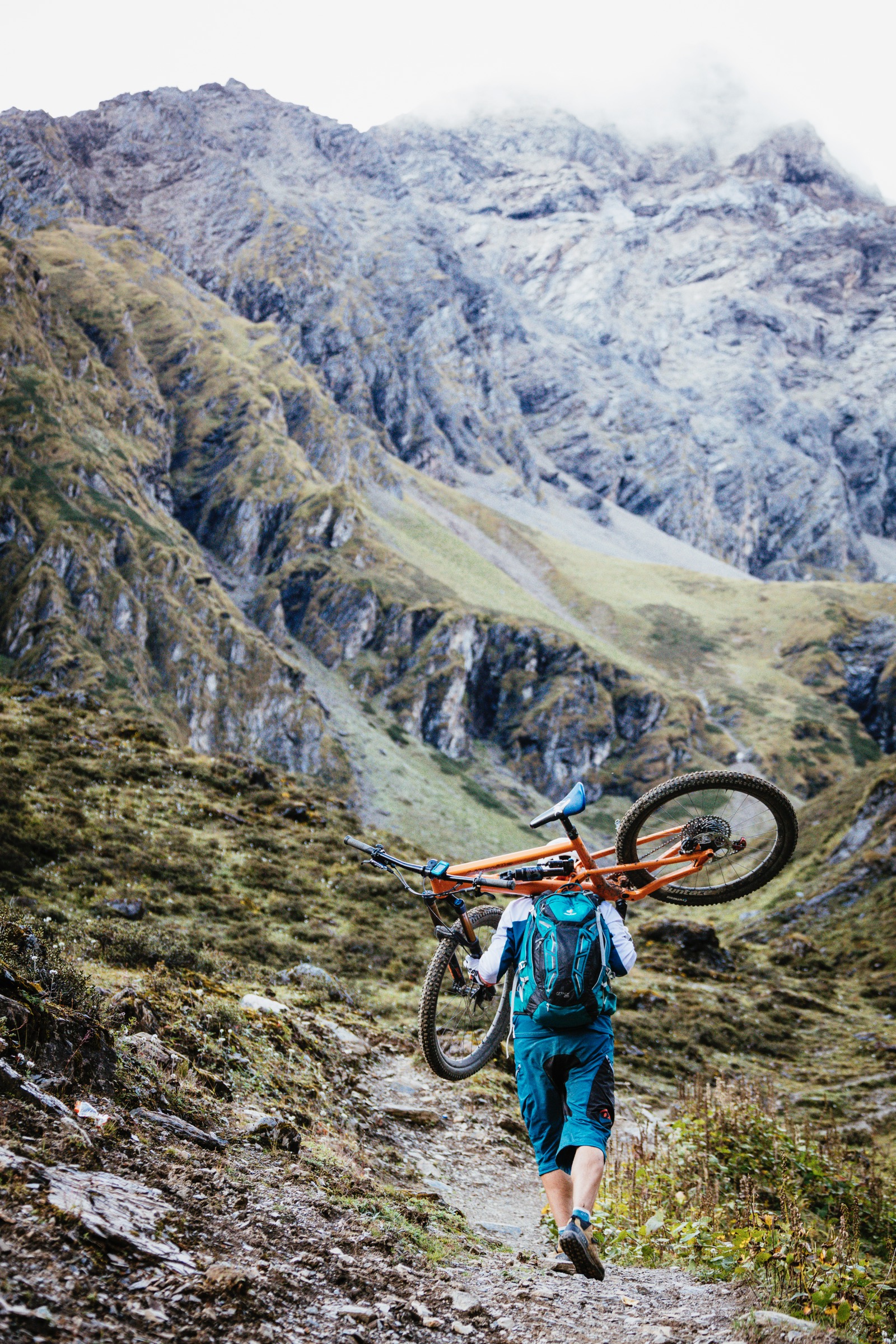
We reach the last pass after almost four hours without having been on our bikes one single metre. We’re still delighted by the colorful flags that decorate the highest point here, too. Our view reaches over the stages of the past two days. We’re relieved. It’s downhill from now until Abingcun, the village we have to reach to meet our driver. The landscape changes completely. It’s bone-dry and hot. The dense forest has turned into single, sparse pine trees. The trail is as rideable as it was on our first day and conjures tired smiles on our faces.
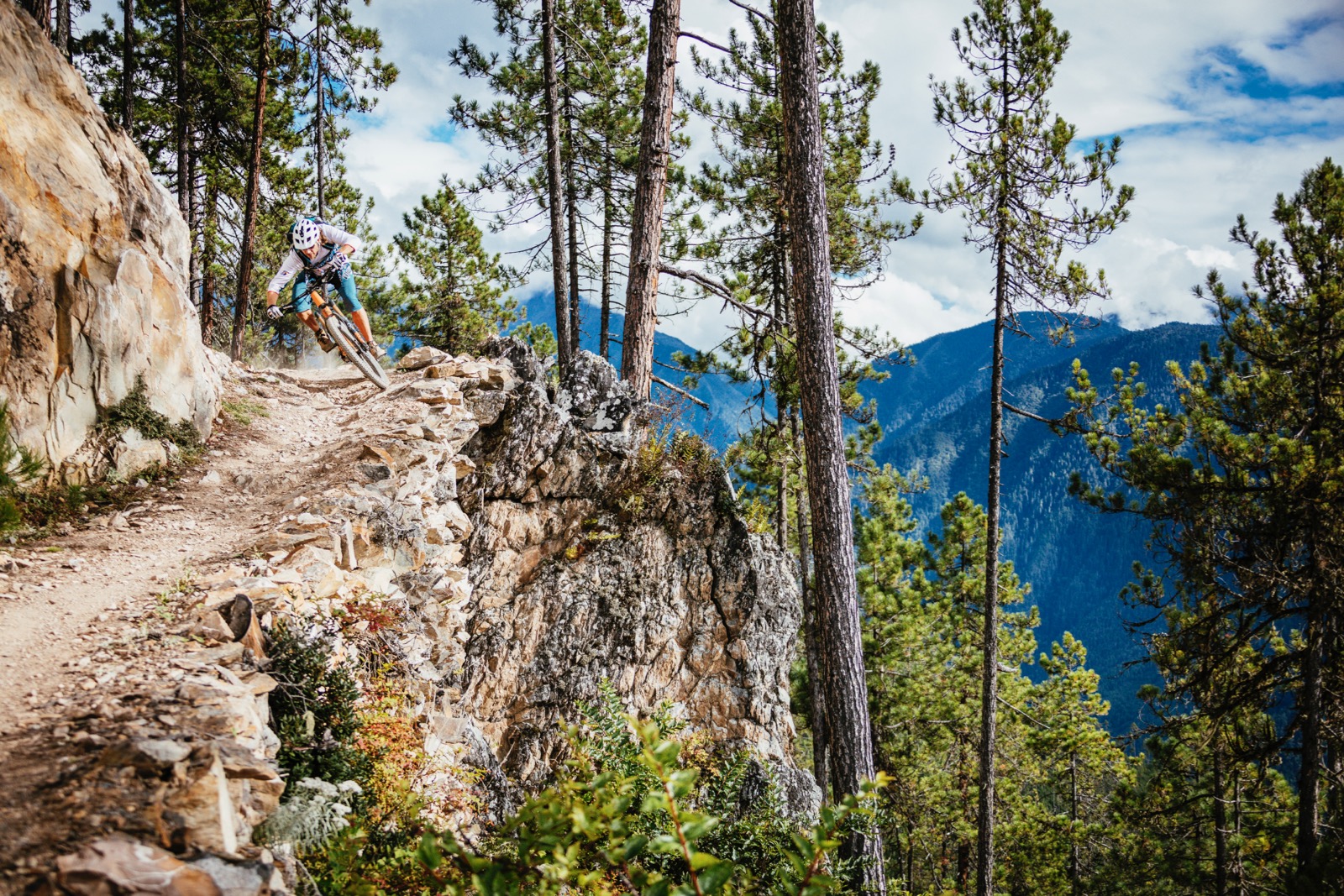
Our last camp is on the ridge of the mountain. We’ve been looking forward to washing ourselves the entire day. But no water up here, nope. It has to be brought up with motorcycles from the valley and is used only for cooking. Dinner is also quite meager. Our supplies are running low and so we have dry rice with leek. Nothing more is left from our shopping spree at the market. A big prayer wheel is behind the hut. We turn it devotionally, letting it ring out a high “ding” across the otherwise completely silent landscape at every turn where it strikes a bell. We sit at the campfire together one last time, almost wistful, and look back on the experiences of the past days. We spent over a year in preparations and now the ride is over soon.

The trail on our last day is a highlight again. Dusty but made for riding. We swoosh through the sparse trees down from the mountains into Abincun. We slowly return to civilisation after being in seclusion for seven days. We reach the first bigger city after a three hour ride with the bus. We immediately storm into a restaurant.
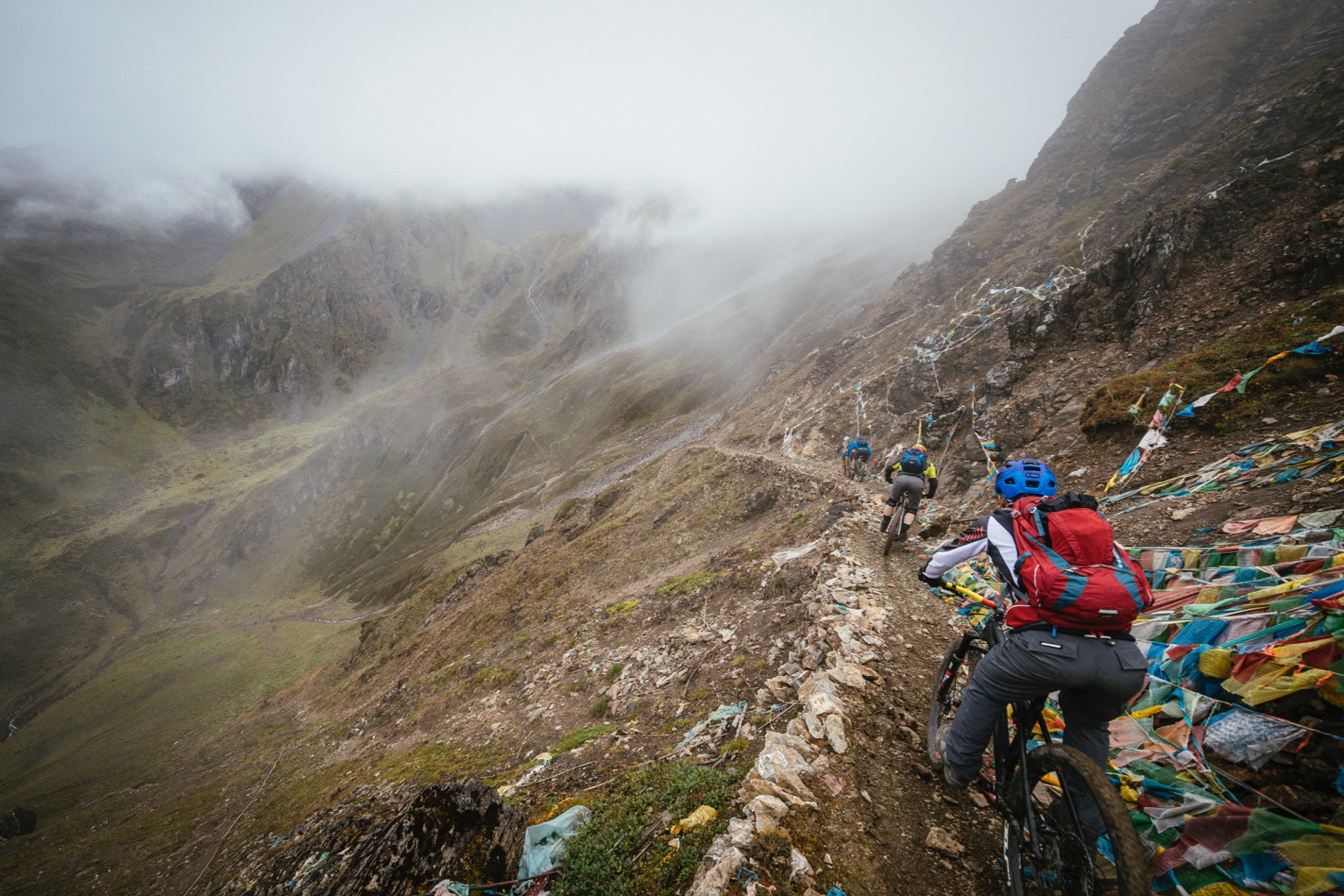
Reflections
After Terryn and Arsenal placed the orders for us we toast to a successful tour. Then it’s quiet. This time it isn’t enjoyable and sublime like it so often was during our past evenings but of a digital nature. We have cell reception again and so mails are read, the latest news scanned, and reports made to the ones we left at home. We’re only attentive again as the food is brought to the table. This time it’s very opportune for me that lots of vegetables and potatoes are part of the selection and that there are no duck heads on our plates.
